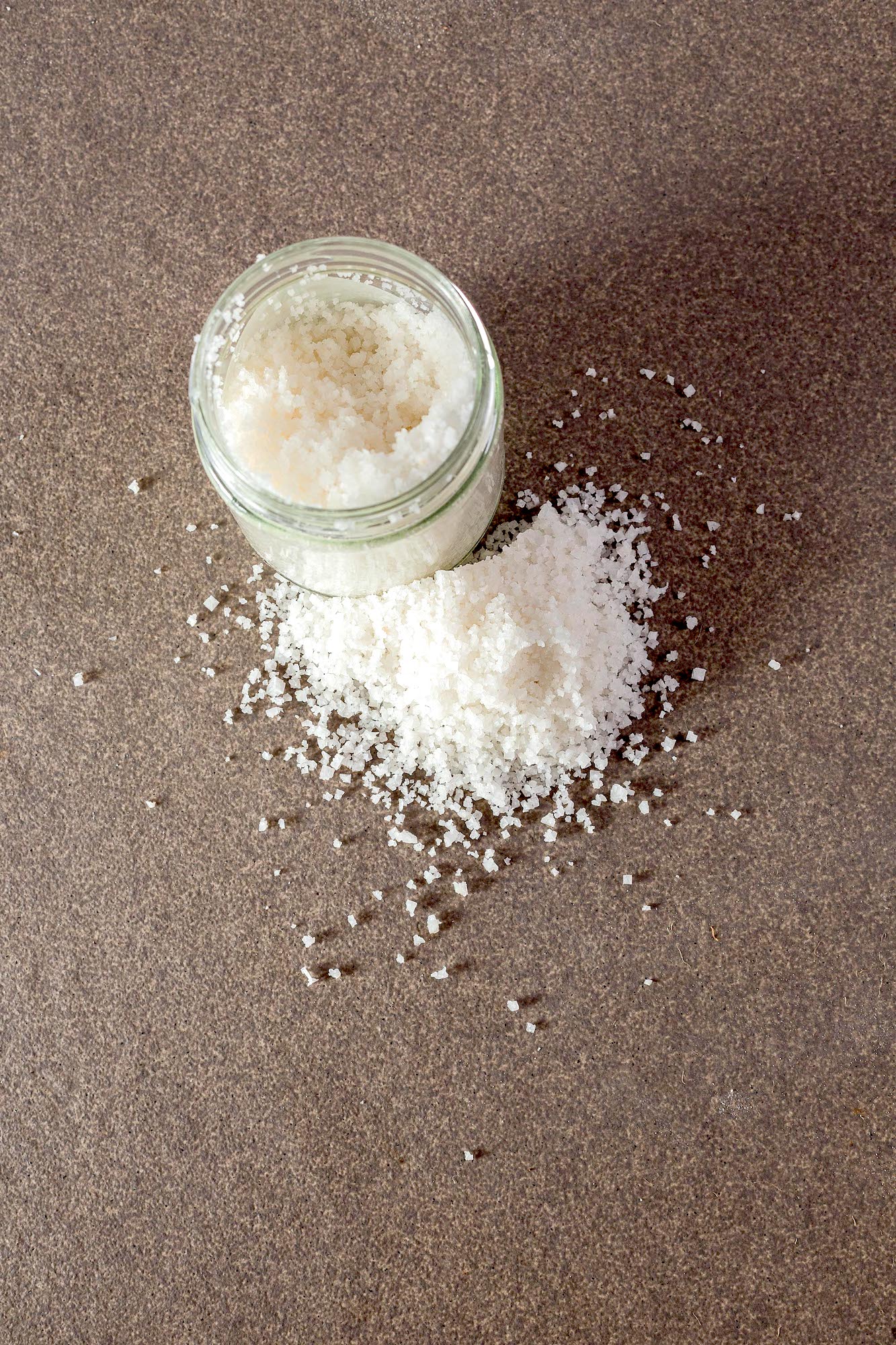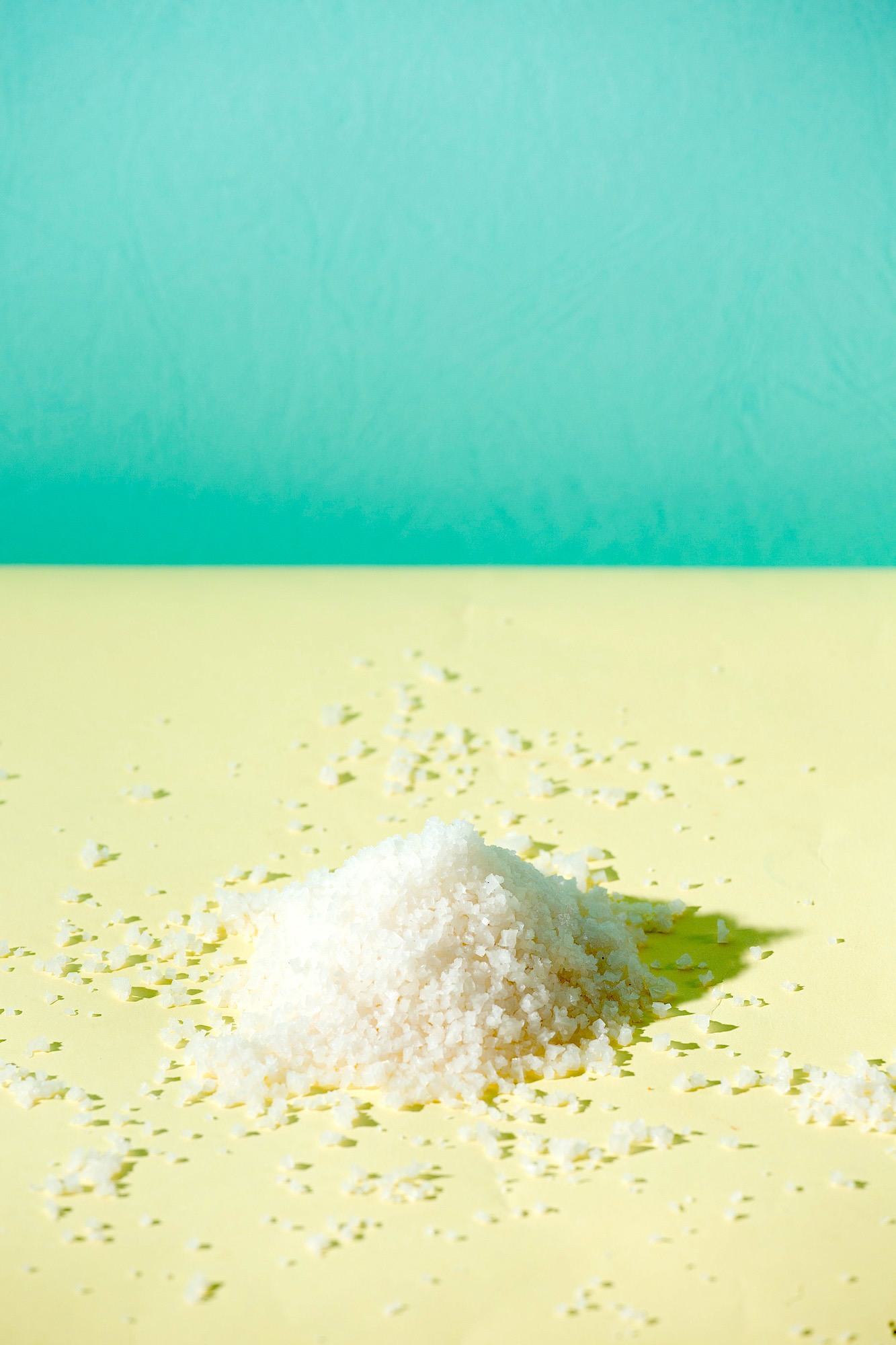Some of the best and rarest salts on Earth are made in our shores, though their production is in serious danger of disappearing
Salt is the quiet hero of every kitchen, enhancing flavors and bringing out the depth and nuances of dishes. A pinch, a teaspoon’s worth—it is added without much thought about where it’s from or if there’s more to it than its culinary contribution.
Across the world, salt comes in myriad colors, flavors, and textures. There’s a demand for exotic varieties—from pink Himalayan salt blocks and smoky Takesumi bamboo salt to fluffy, flaky fleur de sel from France.
Learning to season bravely and thoughtfully is the easiest and most immediate thing any cook can do to improve their cooking, and salt is the most basic and most essential of seasonings. It’s easily dismissed as generic when in the company of fragrant, exotic spices or pungent, woodsy herbs, but the truth of the matter is, salt sets the stage. Too little of it and the dish falls flat; too much and the dish is rendered inedible. But when used properly, salt brings out flavor. It draws out texture and color. It gives food a well-rounded taste and, in certain preparations, longevity. Salt is that essential.
It should then follow that we give salt a closer look to explore its possibilities. And we don’t need to go far. The Philippines, rich as it is in natural resources, produces salt that is slowly gaining a new, appreciative audience.
Beyond the grayish white salt of indeterminate origin we buy at the public market and the tidy, sterile plastic sachets of government-approved iodized salt, people are discovering that in certain corners of the country, generations of skilled artisans have been producing unique and exciting varieties of salt. Now, more than ever, it’s important to support these small industries and work towards halting the slow extinction of their practice.
Duldul from Guimaras
Duldul, tultul, dokdok. This solid brick of salt is called many ways, but it is only produced by a limited few. Among them are Serafin and Emma Ganila, who reside in the small barangay of Hoskyn. Tucked in the beautiful island of Guimaras, home to stunning sunsets and the sweetest mangoes, this is where duldul is made in restricted quantities.
Making duldul is an ebbing craft. The method was passed down to the couple by their parents and with this skill, they were able to earn enough to raise a family and put their brood through school. But due to changing times and the sheer amount of effort demanded by the process, there is little to no interest from younger generations. The Ganilas may just be the last of the duldul–makers.


These salt blocks can only be made at a certain time of the year. From December to May, when the rainy season has passed and the sea’s salinity is undiluted, the couple gathers rook or driftwood and burn them down to ashes. These ashes are then stored in cylindrical woven baskets called kaing.
The ash-filled kaing are placed on a bamboo platform with pails underneath in preparation for the next step: buckets of seawater are poured over the ashes, trickling down into the waiting pails. The resulting strained liquid is then mixed with coconut milk, which gives the duldul its characteristic salty-savory taste. This mixture is poured into large tin vessels (recycled industrial-sized cooking oil containers) and cooked for six hours until dry, after which it is moved indoors to cool and harden.
Traditionally, duldul is treated as a viand. A favorite combination is hot rice mixed with a little oil, which is then “dabbed” onto the brick and eaten with a boiled vegetable dish called utan. This no-frills application makes for a practical, nourishing meal.
The resulting 12x14x3-centimeter salt blocks, scraped of its crust, are called bareta, which go for about P500 apiece, if bought at the source. These are also sold in chunks for much less and for everyday consumption of the locals. Traditionally, duldul is treated as a viand. A favorite combination is hot rice mixed with a little oil, which is then “dabbed” onto the brick and eaten with a boiled vegetable dish called utan. This no-frills application makes for a practical, nourishing meal.
Asin tibuok from Bohol
A product of the town of Albuquerque, Bohol is a smoky, boldly flavored salt called asin tibuok. Tibuok translates to “unbroken” in Bisaya. It’s a large, whole chunk of salt formed in a clay pot.
The process of making asin tibuok is an involved one: dried coconut husks are placed in coastal mangroves to soak in seawater for several months, ensuring each is thoroughly saturated with salt from the water. These are then dried under the sun then slowly burned until reduced to ash. The ash is mixed with more seawater to form a smoky brine, after which the mixture is boiled down in clay pots to form a solid mass of salt.

The taste is smoky, almost fruity. Chunks can be broken off for cooking and eating, and can be dipped or ground into a powder and sprinkled over food. The distinct taste makes it perfect for Asian flavor profiles.
At present, there are only three families producing this rare variety of salt. Of these, two use the salt to barter for their basic needs. It’s only the Manungas family who is able to produce for buyers, albeit with some difficulty since the process is tedious and there aren’t enough steady buyers and demand for the product. In spite of this, they are determined to keep working on making tibuok, seeing it as a rare legacy of their town and one that should be passed on to the next generation.
Sugpo asin from Pangasinan
Sugpo asin is the most famous of the three varieties of artisanal salt by far. Exported to the US by Lenni Di Carlo of xRoads Philippine Sea Salts in an effort to help her relatives and also revitalize the salt industry, which had been experiencing a slump, this fleur de sel hybrid has been cited in numerous articles for its unusual hue and briny flavor.


In “Salted: A Manifesto on the World’s Most Essential Mineral, with Recipes” by Mark Bitterman, he calls sugpo asin the “subtlest of salts[;] it also radiates stark beauty.” With colors running the gamut from pale and pale pink to warm ivory, it is recommended for rich and bold dishes due to its complex intensity. Sugpo asin runs for $15 for five ounces and up to $71 for a pound.
The production of this delicate salt is a finicky process. Care is taken to maintain the ponds used to raise prawns during the rainy season as these, in turn, are used as salt beds during the dry season. Seawater is funneled into the shallow ponds where, in the intense heat, the crystals evaporate quickly, resulting in a moderately moist, delicately tinged salt with a sweet, briny flavor.
In “Salted: A Manifesto on the World’s Most Essential Mineral, with Recipes” by Mark Bitterman, he calls sugpo asin the “subtlest of salts[;] it also radiates stark beauty.” With colors running the gamut from pale and pale pink to warm ivory, it is recommended for rich and bold dishes due to its complex intensity. Sugpo asin runs for $15 for five ounces and up to $71 for a pound.
The manufacture of these salts is unique to the Philippines. The process of making them, although tedious and physically demanding, results in products that are remarkable in look, taste, color, and texture. It would be a shame if we allowed them to disappear into obscurity and missed out on a vital connection to something so basic yet full of potential.
It may be time to reassess the generic contents of our salt shakers and make space in our pantry for variety.
Originally published in F&B Report May-June 2015










































